Acres of farmland and ranchland protected in perpetuity through agricultural conservation easements.
Acres under reduced development pressure due to smart land-use planning and tax policies.
Catalyzed in federal and state funds to help farmers and ranchers adopt new conservation practices or protect their land.
Our programs are designed to move the needle on the three parts of our mission: protecting farmland, promoting sound farming practices, and keeping farmers on the land. Our relationships with farmers help us stay connected to the real-world challenges in agriculture, while also allowing us to test new concepts and models that can be scaled and replicated. In 2024, our staff trained and supported 31,750 farmers, ranchers, and landowners, 4,028 of whom were part of underserved communities. We trained or supported an additional 12,835 professionals, including land trust staff, agricultural educators, policymakers, and government employees at every level.
Our leadership of the National Agricultural Land Network has enabled us to provide training and networking spaces for land trusts, public agencies, conservation and farm organizations, planners, and policymakers. We share key data with the network’s more than 1,400 members and beyond.
AFT is the only agricultural land trust with a national scope, enabling us to take on projects that other groups can’t. We have protected farms and ranches in 26 states. In addition, we support the work of local and state land trusts across the nation. Our Buy-Protect-Sell (BPS) program is an innovative model that not only protects vulnerable farmland but then gets it into the hands of incoming farmers at an affordable price. Through our Farm Legacy program, farmers and ranchers around the country have donated property, knowing that it will be stewarded wisely.
Taken together, these efforts ensure the viability of agricultural operations and the affordability of land for future generations, mitigating the impact of climate change, and safeguarding wildlife habitats.
Our researchers maintain the nation’s best land-cover data, evaluate conservation outcomes, and study farmer demographics. Their assessments, forecasts, and state-specific tools are used by land trusts, universities, and city, county, and state agencies across the United States.
Our Farmland Information Center is the largest online collection for information on farmland and ranchland protection and stewardship in the United States. FIC staff provide practical information and technical assistance unavailable anywhere else to farmers, ranchers, landowners, and entities working to save farmland and ranchland for agriculture.
AFT has excelled in the role of convener since it was founded, uniting voices in support of conservation agriculture. Our commitment to federal and state policy that benefits farmers and ranchers—and their land—has driven initiatives that ensure a better future for everyone. AFT has played a significant role in federal Farm Bills since 1985. Our work has contributed to the improvement and expansion of federal agriculture programs that benefit farmers and ranchers like the Conservation Reserve Program (CRP), the Environmental Quality Incentives Program (EQIP), the, Farm and Ranch Lands Protection Program (FRPP) and its successor, the Agriculture Conservation Easement Program (ACEP).
Since 2020, AFT has been making direct support to farmers and ranchers through our grant programs. We have awarded more than 250 grants totaling over $4.8 million.
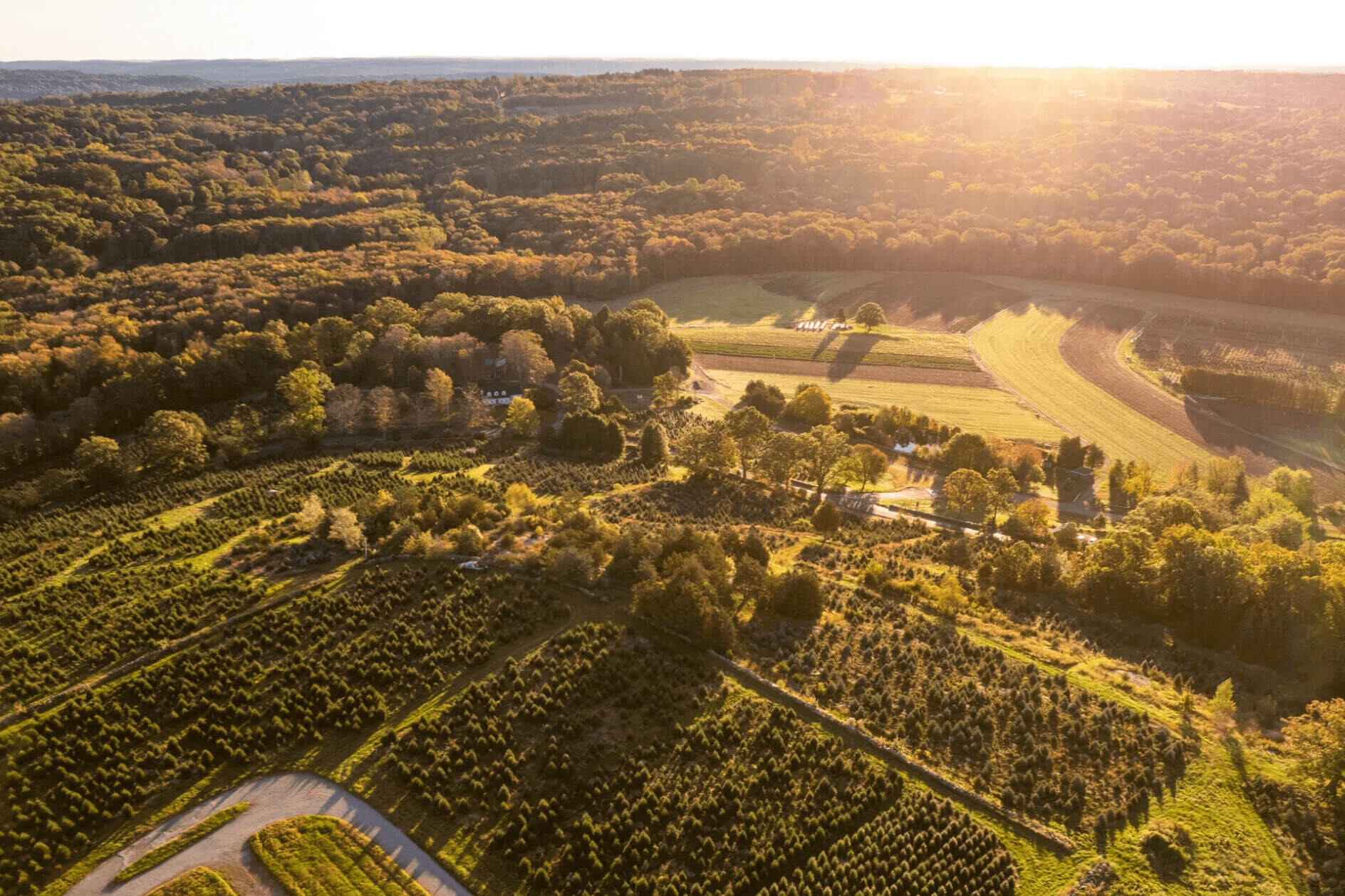
Susan Mitchell is the owner and operator of Cloverleigh Farm. She began growing food as a public high school teacher, before purchasing her own property. She used the funds from the New England Farmer Microgrants Program to develop a strategic business plan for the future of her farm.
.jpg)
Liberation Farms is a project of the Somali Bantu Community Association. Its mission is to provide community members with access to culturally appropriate and sustainable food. Through the New England Farmer Microgrants Program, they were able to hire a consultant to assist them in their search for their first permanent farm property.
.png)
Lincoln Fishman and his partner, Hilary Costa, operate Sawyer Farm as an organic, horse-powered, no-till farm. They were awarded a 2020 New England Farmer Microgrant, which they used to purchase equipment to expand their on-farm production.
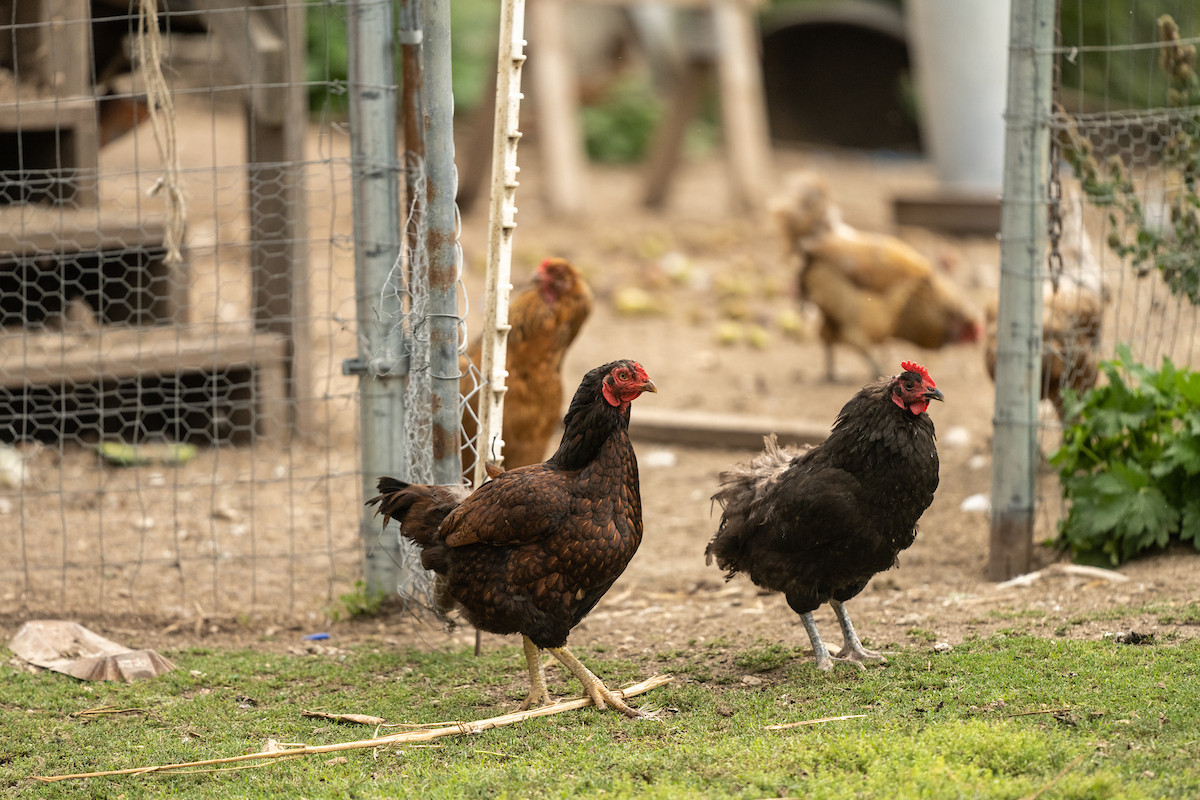
Rachel Slattery and Ben Coerper are the owners of Wild Harmony Farm, a regenerative livestock farm in Rhode Island. They used the funds from their New England Farmer Microgrants Program award to install above-ground water lines throughout their newly leased fields.
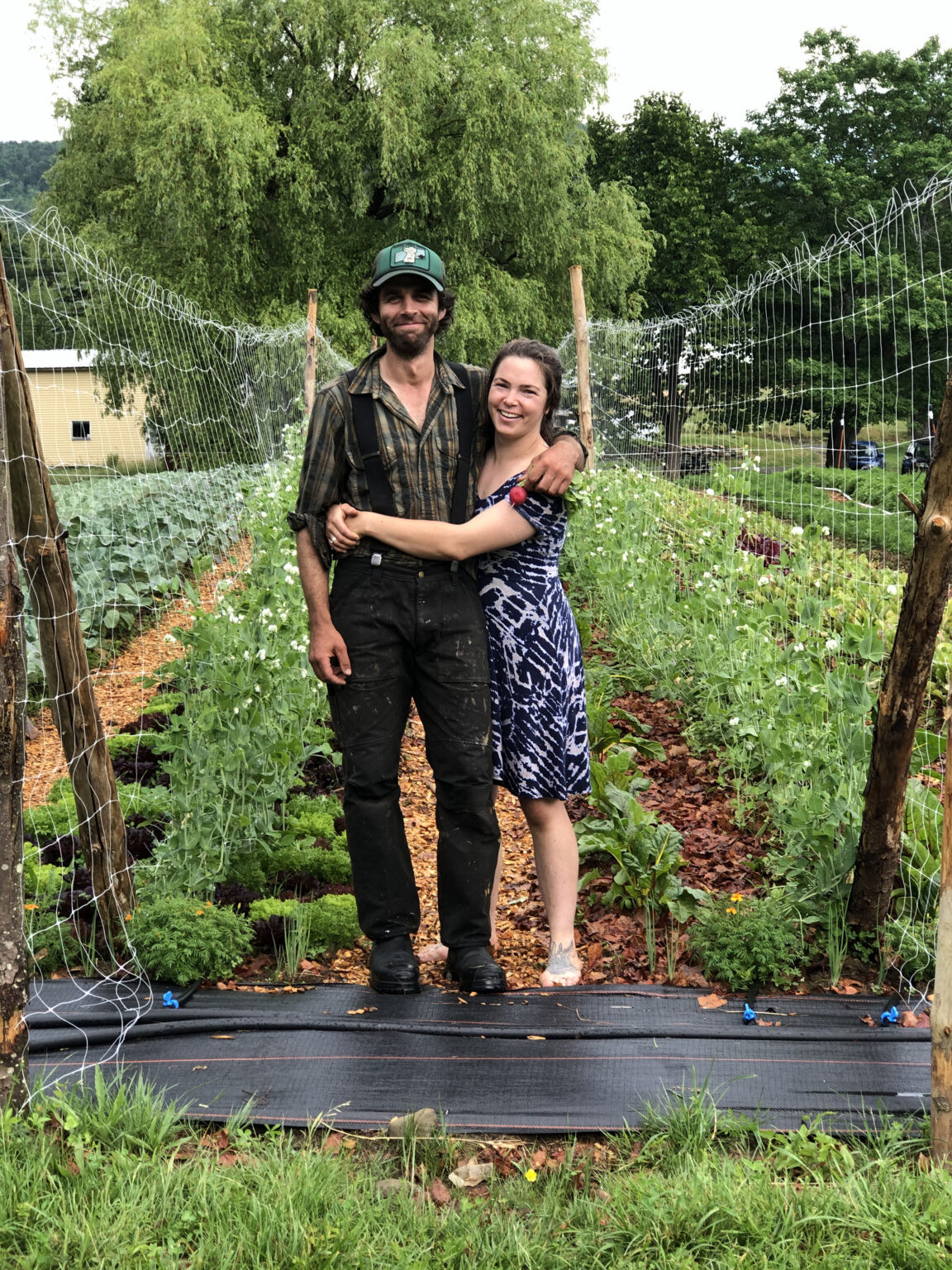
Abby Clarke and Jonathan Hayden operate Winter Street Farm, where they are using regenerative agriculture practices to grow sustainably. They used the funds from their New England Farmer Microgrants Program award to purchase a flail mower to continue expanding their no-till operation.
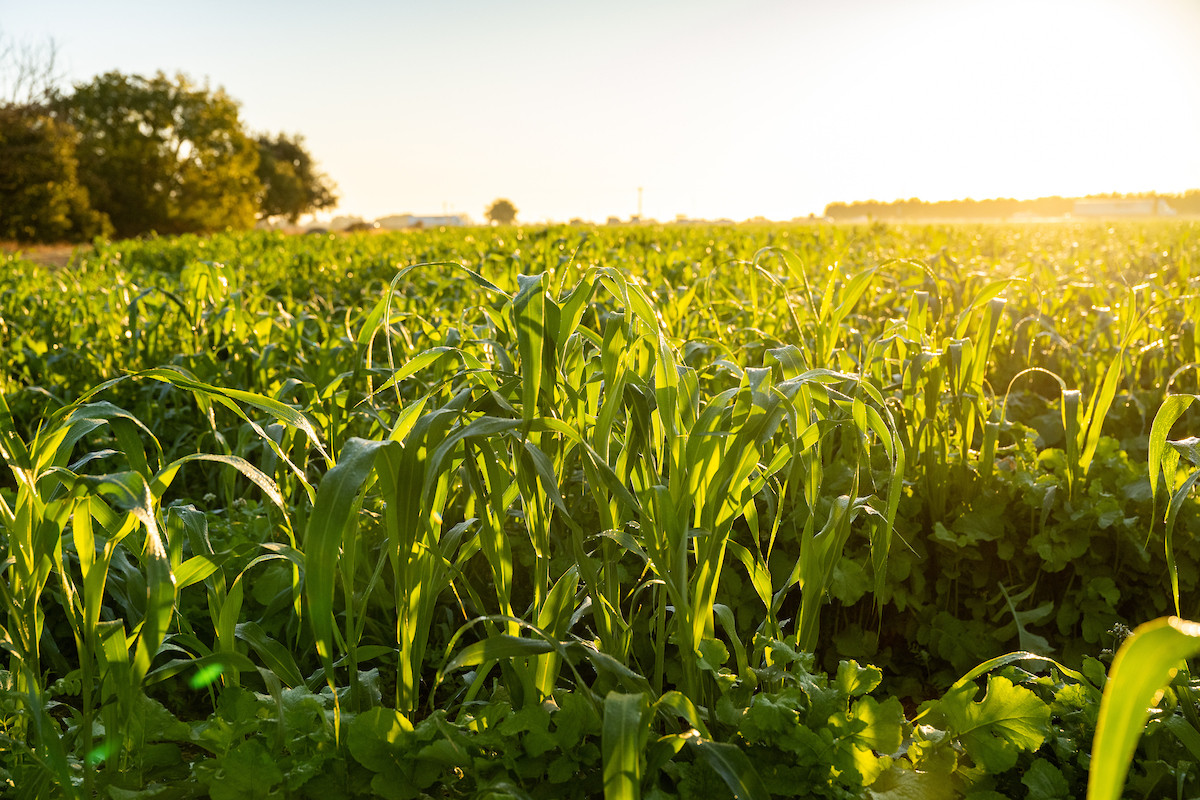
Owned and operated by The Briermost Foundation, Ellsworth Acres is committed to helping residents in recovery learn how they can heal their self-worth and give back. They used a Brighter Future Fund grant to build an additional hoop house.
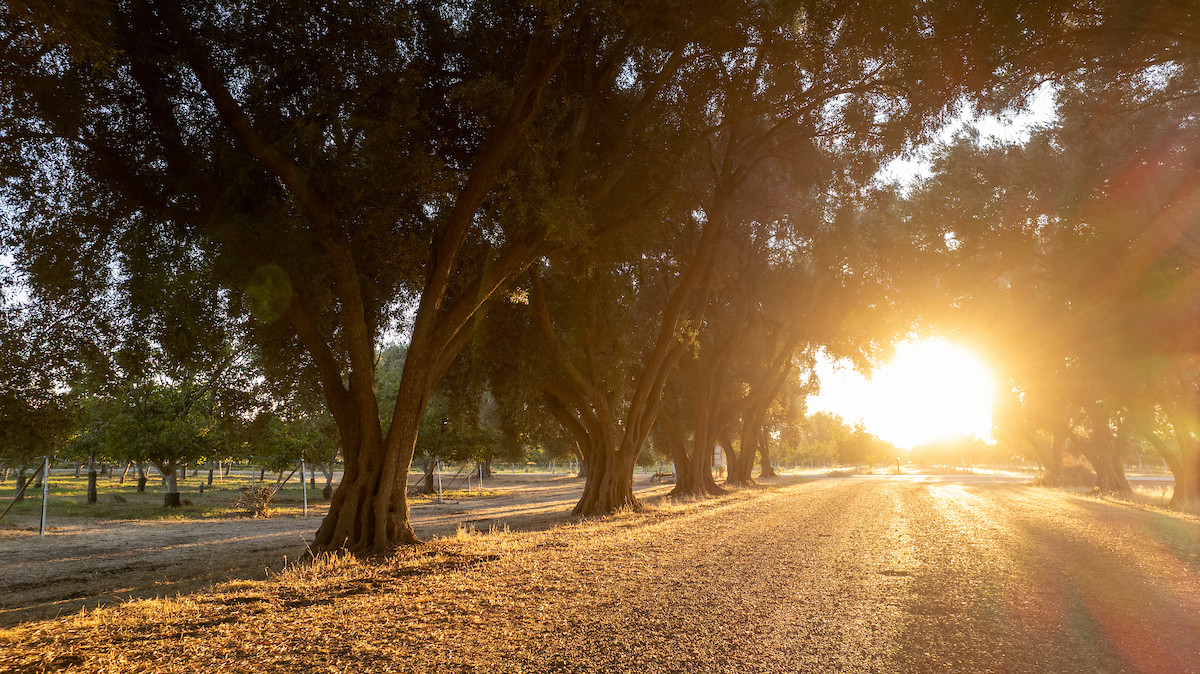
Fat Beet Farm is an ever-evolving production farm/kitchen/bakery & education space. They used a Brighter Future Fund grant to install a native plants food forest.

Fisher Farms has been serving their community for five generations. With support of a Brighter Future Fund grant, they will install and improve their fencing infrastructure to ensure their valued produce makes it to market.
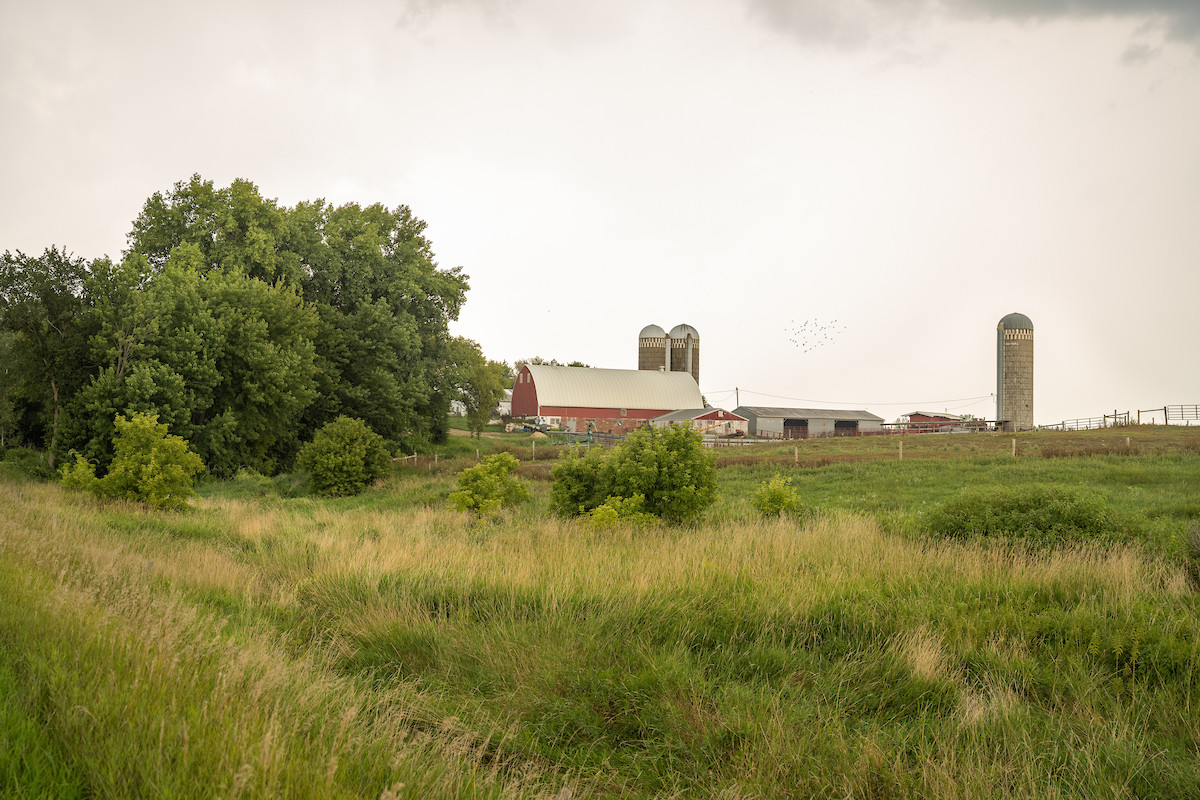
Partners Amanda Gentry and Wendy Painter are the fifth generation to steward Gentry Farm, a historic family farm nestled in the Appalachian Mountains. With a Brighter Future Fund grant, they will expand their orchard and their toolbox of maintenance equipment.

Recognizing the sheep industry has minimal infrastructure for processing wool, Monica, a sheep and produce farmer, used a Brighter Future Fund grant to purchase a wool carder, wool picker, and washing machine.
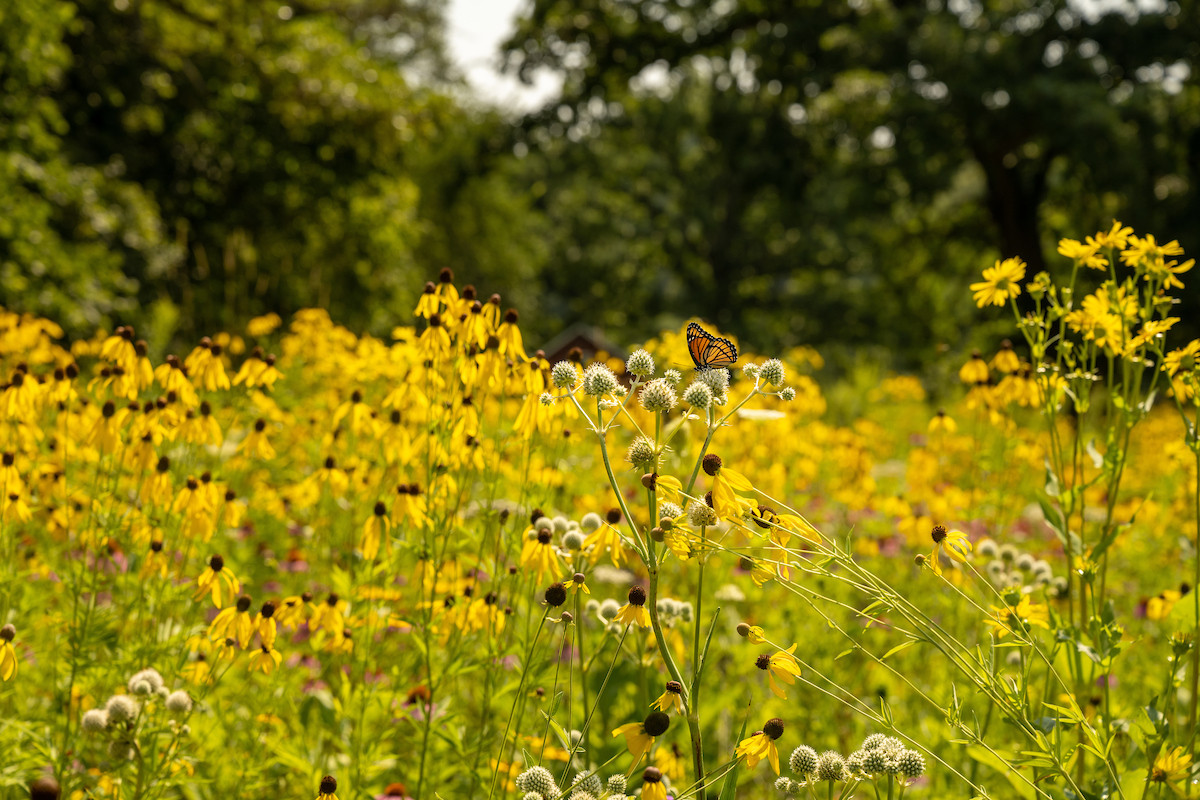
Trefoil Gardens was awarded a Brighter Future Fund grant to invest in a propagation house fit to serve their growing business, which brings neighbors together around local foods grown in the yards of the neighborhood.

Hameed and Ayo Bello used a Brighter Future Fund grant to purchase four hoop houses to provide consistent, high-quality, healthy produce to their community.